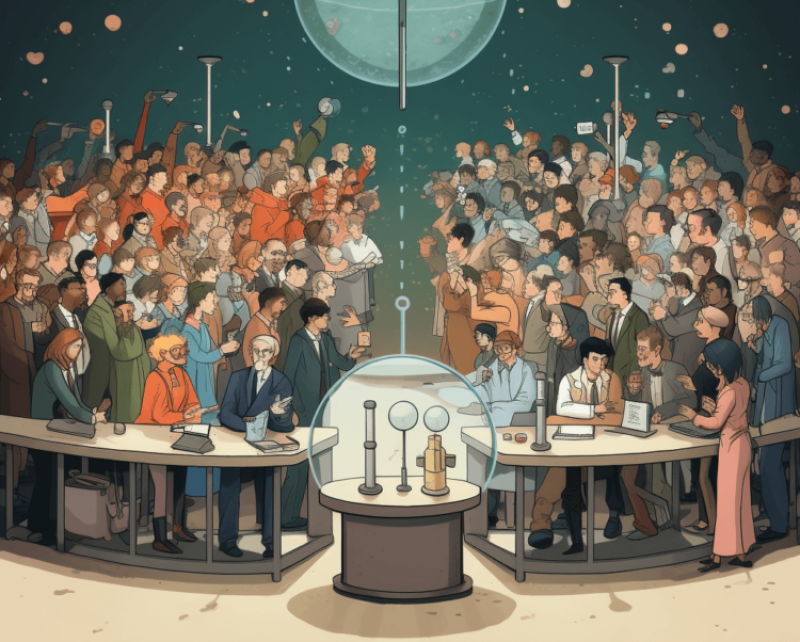Today, with so many channels, websites, podcasts and other ways to distribute information, just about any novel finding is grist for instant worldwide publication. The scarier the information, the more attention to the outlet. Some are better than others at presenting the complete picture, but nonetheless, most of us — especially the regulatory bodies that govern us — need to get better at following the science rather than the headlines. To do that, focus on “ripe” information.
The European Union recently did this when its European Commission followed the scientific evidence, however unpopular, and proposed extending approval of the active ingredient in Roundup weedkiller for 10 years. But contrary examples can be found daily, like pending U.S. regulations directed at a group of chemicals used in hundreds of products: the scary-sounding “per- and polyfluoroalkyl substances,” known as PFAS.
Science is never settled, and decisions cannot be postponed until there is 100 percent certainty. Nonetheless, there needs to be a sufficient body of evidence of adequate quality that sustains itself through sufficient challenges before consequential decisions are made in the regulatory or legal arenas.
It’s time for scientific bodies and institutions to more forcefully weigh in when science is too far behind media and public opinion to slow down legal and regulatory actions that come with consequences. Otherwise, we are not “following the science.” Far from it; we are following sensationalism.































